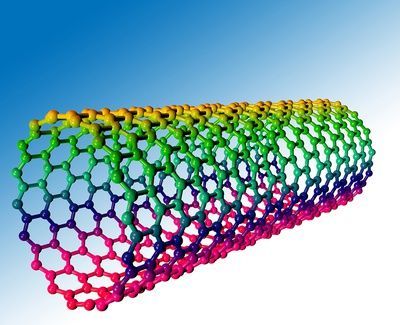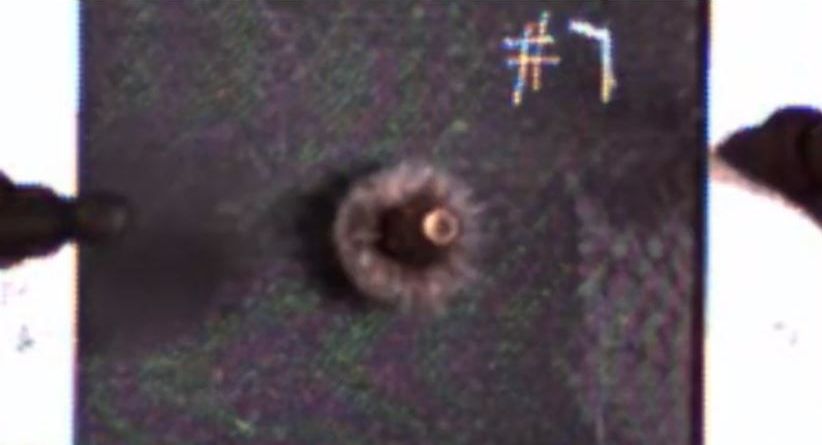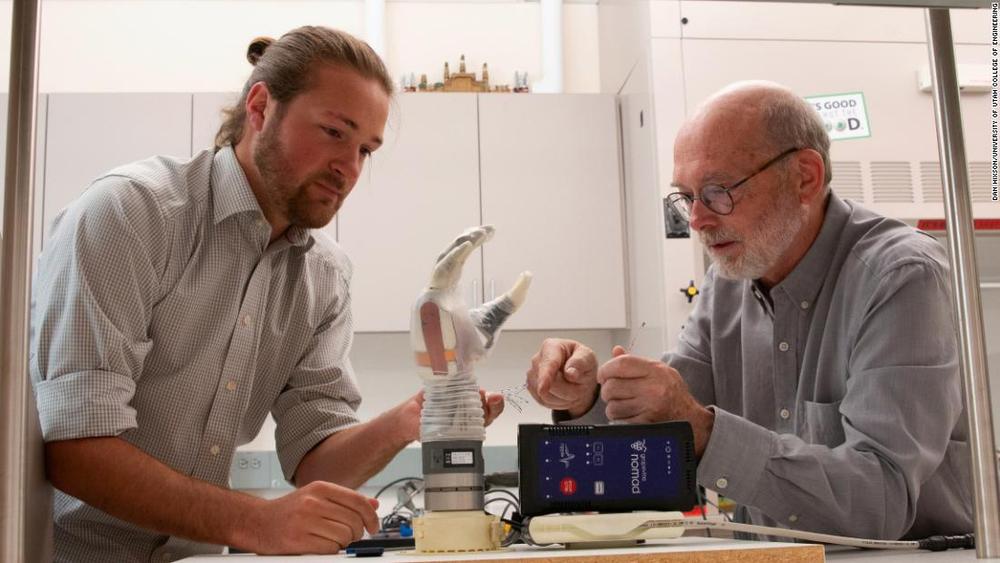Circa 2019
But perhaps soldiers should be glad that the Army didn’t go with the infamous Heckler & Koch G11 or the futuristic XM29 OICW, or the ill-fated XM8 assault rifle.
Instead of a very conventional rifle firing the 5.56 NATO round, the Army is now rapidly progressing towards developing and field-testing a new weapon that can double the muzzle speeds of a bullet.
The primary advantages to this new (and no-so-new) technology are insane armor-penetration capabilities at close ranges, and next-level accuracy at longer ranges.








